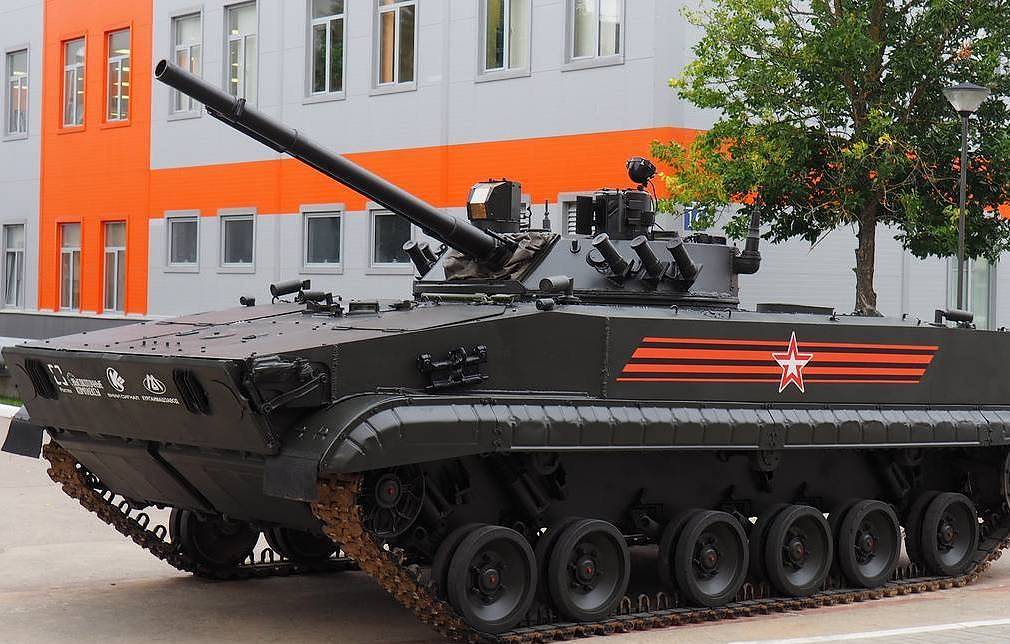In a significant technological boost, Russia’s latest ‘Udar’ unmanned tank will have the capability of moving autonomously on the battlefield and interact with drones.
New Russian Drone Can Carry Nuke ‘133 Times More Powerful Than Hiroshima Bomb’ — Experts
First unveiled at the Russian Defense Ministry’s ‘Innovation Day’ exhibition back in 2015, the Udar unmanned ground vehicle (UGV) is based on the tracked chassis of the BMP-3 infantry fighting vehicle.
The vehicle has its center hull raised to fit the remotely-controlled turret, DUBM-30 Epoch, armed with 2A42 autocannon, 7.62mm PKMT machine gun, and Kornet-M ATGM.
The vehicle’s operational prototype has been developed by the All-Russian Scientific Research Institute Signal (VNII Signal), which is within the High Precision Systems, a holding company integrated into Russia’s state-owned Rostec group.
Bekkhan Ozdoyev, the Armament Cluster Industrial Director, Rostec, told Russian news agency TASS, “When developing the Udar, the enterprise’s specialists tested the possibility of the robot’s movements in the autonomous mode. For this purpose, the vehicle integrates a motion planning subsystem based on sensors and measuring devices,

“Based on the data received, the robot’s route is formed, taking into account terrain features, and combat assignment parameters can be calculated.”
According to a press statement, the Signal Research Institute is using a unified robotics principle that implies outfitting existing models of military hardware with a set of equipment, in developing robotic combat vehicles.
“The Udar robot, for example, has been developed on the basis of the BMP-3 infantry fighting vehicle. The same principle is used to robotize combat compartments: as of today, six different combat compartments mounted on the vehicle have been robotized,” said the press office of High Precision Systems.
Ozdoyev also spoke on the Udar robot vehicle’s capability of interacting with drones.
“We tested inter-operability with drones, including the tethered type with the electric power supply from the robot itself. Such drones can be used for conducting further reconnaissance and relaying the control radio channel,” he said.
The advanced robot vehicle has also been put through tests to check its inter-operability with lightweight robots that have been designated for conducting reconnaissance, blowing up targets, transporting cargoes, and evacuating the wounded.
“A lightweight robot is mounted on or in the rear of the Udar vehicle and has a mechanism of simplified automatic undocking from the carrier before starting the fulfillment of the assigned task,” said the Signal Research Institute.
Follow EurAsian Times on Google News




